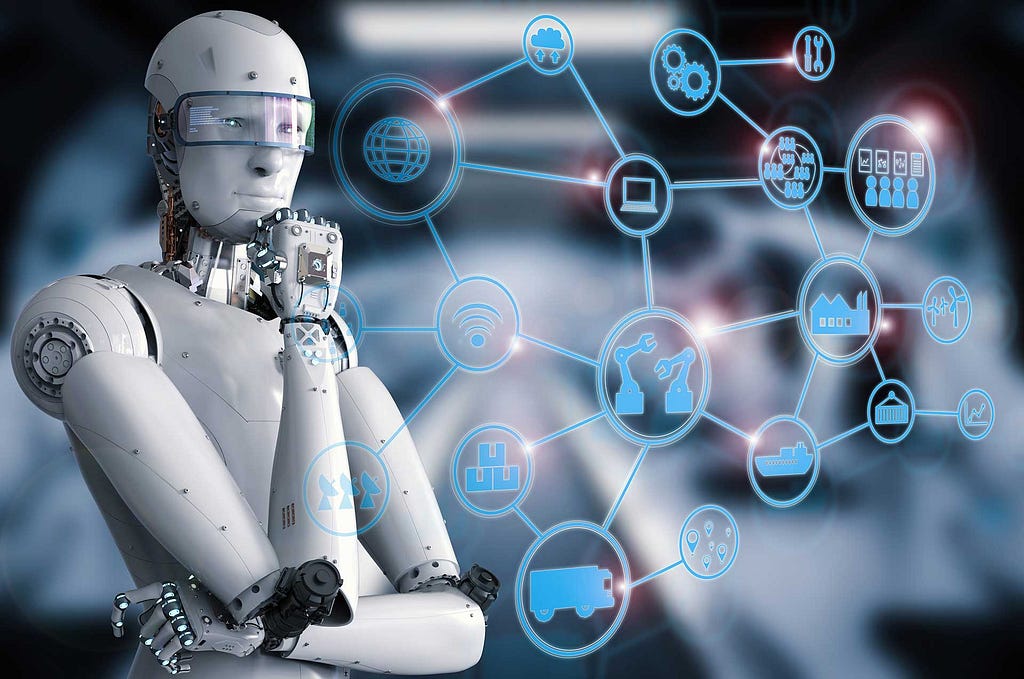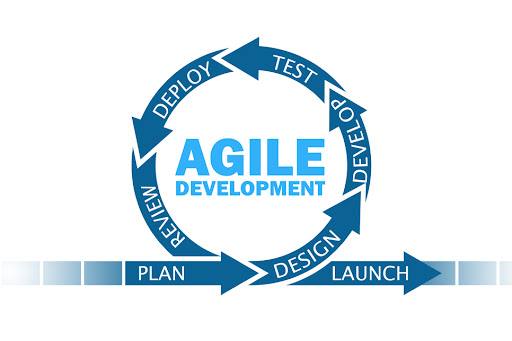As deep learning continues to mature, its impact is felt across an ever-expanding range of applications, driving innovation and addressing complex global challenges. In this extended exploration, we delve into even more sophisticated techniques, visionary applications, and the profound implications of deep learning on society and the future.
Cutting-Edge Research and Techniques
- Self-Supervised Learning:
- Concept: Self-supervised learning leverages unlabeled data to train models by generating pseudo-labels from the data itself. This approach reduces the reliance on large labeled datasets and enhances model robustness.
- Applications: Self-supervised learning is being applied in natural language processing, computer vision, and speech recognition, enabling models to learn from vast amounts of unannotated data.
- Attention Mechanisms and Transformers:
- Transformers: Transformers have revolutionized natural language processing by enabling models to focus on different parts of the input data (attention mechanism). They have been extended to various domains beyond NLP, including computer vision and time-series analysis.
- Vision Transformers (ViTs): These models apply the transformer architecture to image data, achieving state-of-the-art performance in tasks like image classification, segmentation, and object detection.
- Generative Models and Creativity:
- GANs and Beyond: Generative Adversarial Networks (GANs) have shown remarkable success in generating realistic images, videos, and audio. Recent advancements include StyleGAN for high-resolution image synthesis and BigGAN for large-scale image generation.
- Creative AI: AI models are now used to create art, music, and literature, pushing the boundaries of human creativity. Projects like OpenAI’s DALL-E and Jukedeck showcase the potential of AI in generating novel and inspiring content.
- Federated Learning:
- Concept: Federated learning allows multiple organizations to collaboratively train models without sharing their data, preserving privacy and security. Models are trained locally and only aggregated updates are shared.
- Applications: Federated learning is used in healthcare for collaborative disease prediction models, in finance for fraud detection, and in mobile devices for personalized services without compromising user privacy.
Transformative Applications
- Healthcare and Biomedical Research:
- Drug Discovery: AI accelerates the drug discovery process by predicting molecular interactions, optimizing drug formulations, and identifying potential therapeutic targets.
- Medical Imaging: Deep learning models improve the accuracy of medical imaging diagnostics, assisting radiologists in detecting anomalies in X-rays, MRIs, and CT scans with high precision.
- Environmental Sustainability:
- Wildlife Conservation: AI helps monitor endangered species, track poaching activities, and analyze ecological data to support conservation efforts.
- Climate Modeling: Advanced AI models enhance climate simulations, providing better predictions of climate change impacts and informing mitigation strategies.
- Autonomous Systems:
- Self-Driving Vehicles: Deep learning algorithms are at the core of autonomous driving technology, enabling vehicles to perceive their environment, make decisions, and navigate safely.
- Drones and Robotics: AI-powered drones and robots are used for tasks ranging from agricultural monitoring to search and rescue operations, demonstrating versatility and efficiency.
- Smart Cities:
- Urban Planning: AI assists in designing sustainable cities by optimizing traffic flow, reducing energy consumption, and managing waste efficiently.
- Public Safety: Deep learning models enhance public safety by analyzing surveillance footage, predicting crime hotspots, and supporting law enforcement agencies in real-time decision-making.
Ethical and Societal Implications
- Bias Mitigation:
- Inclusive Datasets: Ensuring diverse and representative datasets is crucial for training unbiased AI models. Researchers are developing techniques to detect and mitigate biases in AI systems.
- Fairness Metrics: Developing and implementing fairness metrics helps evaluate and ensure that AI systems provide equitable outcomes across different demographic groups.
- Privacy and Surveillance:
- Data Anonymization: Techniques like differential privacy and federated learning protect individual data while enabling collaborative AI development.
- Surveillance Ethics: The use of AI in surveillance raises ethical concerns about privacy and civil liberties. Establishing clear guidelines and regulations is essential to balance security and privacy.
- Economic Impact:
- Job Transformation: While AI may displace certain jobs, it also creates new opportunities in AI development, maintenance, and oversight. Upskilling programs and education are vital to prepare the workforce for these changes.
- Economic Disparities: Addressing economic disparities exacerbated by AI requires policies that promote equitable access to AI technologies and their benefits across all societal segments.
- Human-AI Interaction:
- Empathy and Trust: Developing AI systems that can understand and respond to human emotions enhances user experience and fosters trust in AI.
- Collaborative AI: AI systems are increasingly designed to collaborate with humans, augmenting their capabilities and enabling new forms of human-machine interaction in various fields.
Future Directions
- Neuro-Inspired Computing:
- Neuromorphic Chips: These chips mimic the brain’s neural structure, offering energy-efficient and highly parallel processing capabilities. They are used in AI applications requiring low power consumption and real-time processing.
- Brain-Computer Interfaces (BCIs): BCIs enable direct communication between the brain and external devices, opening up possibilities for advanced prosthetics, neurorehabilitation, and enhanced cognitive functions.
- Explainable AI (XAI):
- Transparency Tools: Developing tools and techniques that make AI decisions interpretable and transparent helps build trust and facilitates debugging and improvement of AI models.
- Human-AI Collaboration: XAI enhances human-AI collaboration by providing insights into AI reasoning, enabling users to make informed decisions and effectively oversee AI operations.
- AI in Quantum Computing:
- Quantum Machine Learning: Leveraging quantum computing for machine learning tasks promises exponential speedups for specific problems, such as optimization, cryptography, and complex simulations.
- Quantum-Classical Hybrids: Combining quantum and classical computing techniques enhances the overall computational power and efficiency, paving the way for solving previously intractable problems.
- Ethical AI Development:
- Global Collaboration: Promoting international collaboration in AI research and development ensures the equitable distribution of AI benefits and addresses global challenges collectively.
- Policy and Regulation: Establishing comprehensive policies and regulatory frameworks guides the responsible development and deployment of AI, ensuring it aligns with societal values and ethical principles.
Conclusion
The trajectory of deep learning is marked by continuous innovation, expanding applications, and a deepening understanding of its implications. By advancing techniques such as self-supervised learning, attention mechanisms, and federated learning, and applying AI in critical areas like healthcare, sustainability, and autonomous systems, we are unlocking new possibilities and addressing complex challenges. Ethical considerations, including bias mitigation, privacy, and economic impact, are paramount as we navigate the future of AI. By fostering transparency, promoting collaboration, and ensuring responsible AI development, we can harness the transformative power of deep learning to create a smarter, more equitable, and sustainable world. The future of deep learning is boundless, and its potential to revolutionize our lives is only beginning to unfold.



